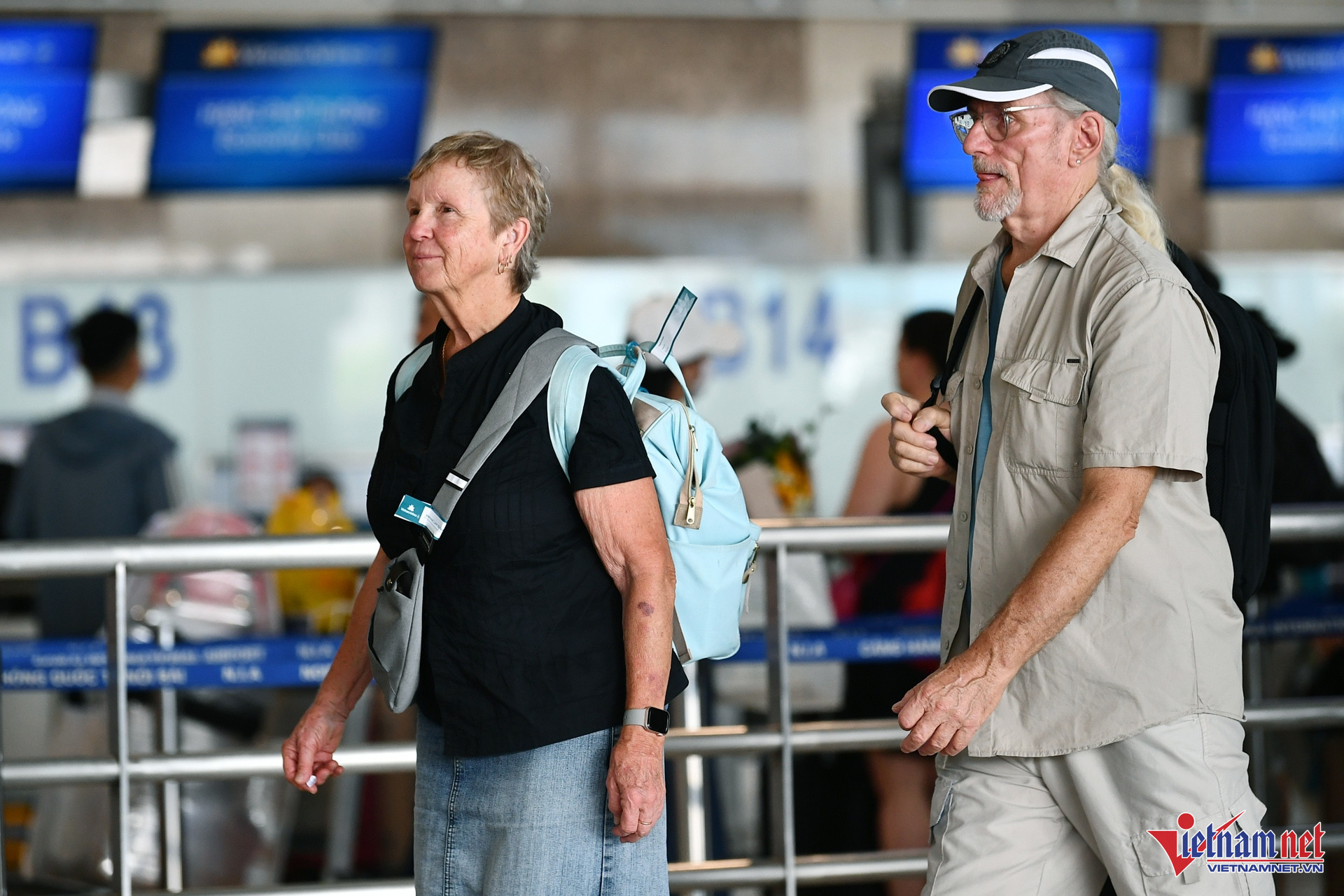
According to the General Statistics Office, in July 2024 alone, Vietnam received 1.15 million international visitors, an increase of 10.9% from the same period last year. Cumulatively, from January to July 2024, the country saw nearly 10 million international arrivals, a 51% increase from the previous year and a 1.9% rise compared to the same period in 2019, before the Covid-19 pandemic.
The tourism sector recorded a strong growth in visitors from Europe, with a 47.3% increase. Other regions also showed significant increases: Asia with 57.1% (primarily driven by an increase in Chinese tourists), Australia with 27.3%, and the Americas with 9.7%.
South Korea and China remain the largest international markets for Vietnamese tourism. Despite a decrease in visitors in July compared to June (310,000 and 249,200 arrivals respectively), Chinese visitors increased by 190%, and South Korean visitors by 37.2% over the first seven months compared to last year.
In July, other leading international markets for Vietnam included Taiwan (China) with 101,465 arrivals, the United States with 62,900 arrivals, Japan with 44,569 arrivals, and Australia with 37,853 arrivals.
Particularly, the number of European visitors increased sharply, totaling over 103,000 arrivals in July, a 9.4% increase from the previous month.
Among European visitors, Russian tourists increased by 75.7%, Italian by 61%, French by 33.4%, British by 25.2%, Spanish by 38.3%, and German by 27.4%.
This surge is attributed to favorable visa policies, efforts by regulatory agencies, tourism businesses, and local authorities in promoting and marketing Vietnam as a destination, which successfully attracted more European tourists despite the low season.
Consequently, the travel and tourism sector's revenue for the first seven months of 2024 is estimated at 35.2 trillion VND, a 31.8% increase from the same period last year. Some regions saw significant growth: Ho Chi Minh City increased by 42.2%, Da Nang by 38.6%, Can Tho by 33.7%, Hanoi by 29.7%, and Quang Ninh by 21%.
Ngoc Ha